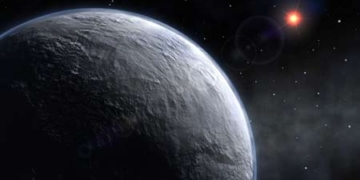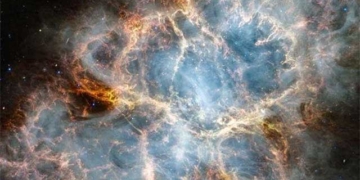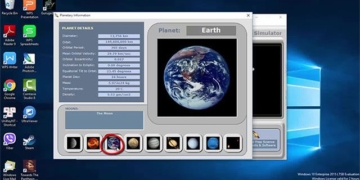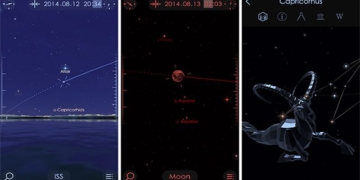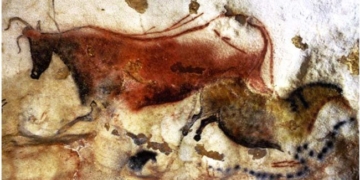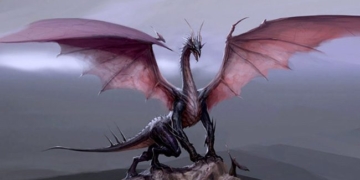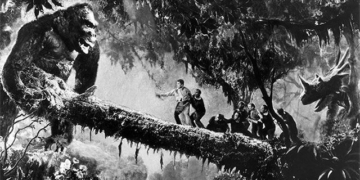The Hubble Space Telescope was launched into low Earth orbit in the 1990s. Since then, Hubble has helped us explore the vast universe with many breathtaking galaxies.
Most galaxies have an “age” ranging from 10 billion to 13.6 billion years. Some of the oldest galaxies formed when the universe was only about one billion years old.
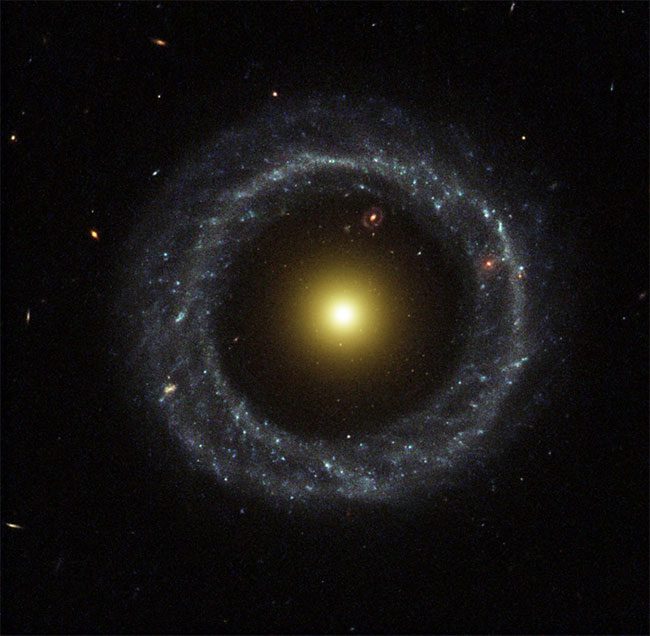
Hoag’s Object is a galaxy in the constellation Serpens Caput. It contains about eight billion stars and spans approximately 120,000 light-years across.
Galaxies consist of stars, planets, and vast clouds of gas and dust, all held together by gravity. The largest galaxies contain trillions of stars, while the smallest may contain only a few thousand. Most large galaxies are accompanied by a black hole at their center, some with masses billions of times that of the Sun in the Milky Way.
Before the 20th century, people did not know about galaxies other than the Milky Way. Previously, astronomers referred to them as “nebulae” because they appeared like hazy clouds. This changed in the 1920s when astronomer Edwin Hubble assessed the Andromeda “nebula” as a galaxy. Andromeda is the largest galaxy closest to our Milky Way and is bright enough in the night sky to be observed with the naked eye from the Northern Hemisphere. In 1936, Hubble classified galaxies into four main types: spiral galaxies, lenticular galaxies, elliptical galaxies, and irregular galaxies.
The period from late March to mid-May is considered the best time of year to observe some remarkable galaxies. Of course, a telescope is necessary to see distant galaxies.
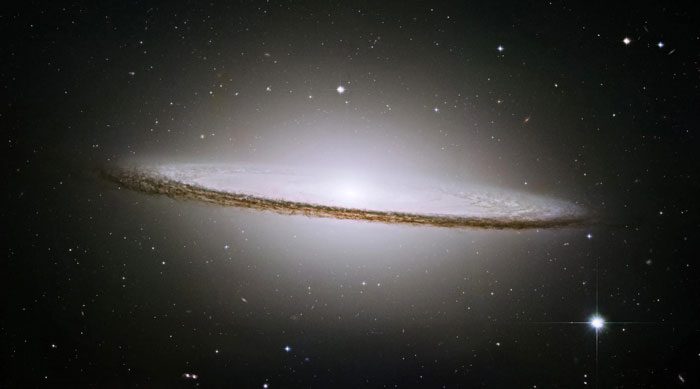
The Sombrero Galaxy is located 28 million light-years from Earth.
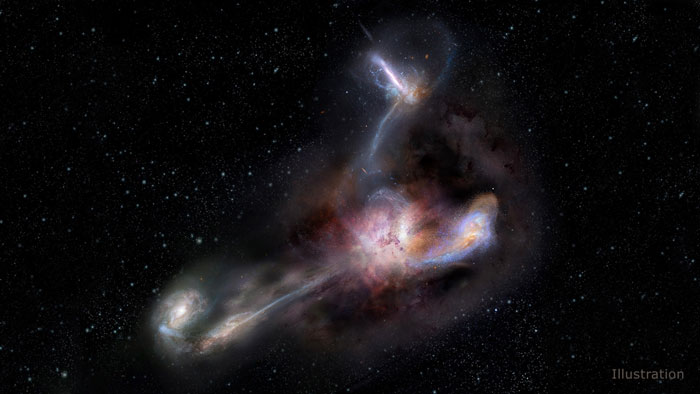
W2246-0526 is the brightest galaxy ever discovered.
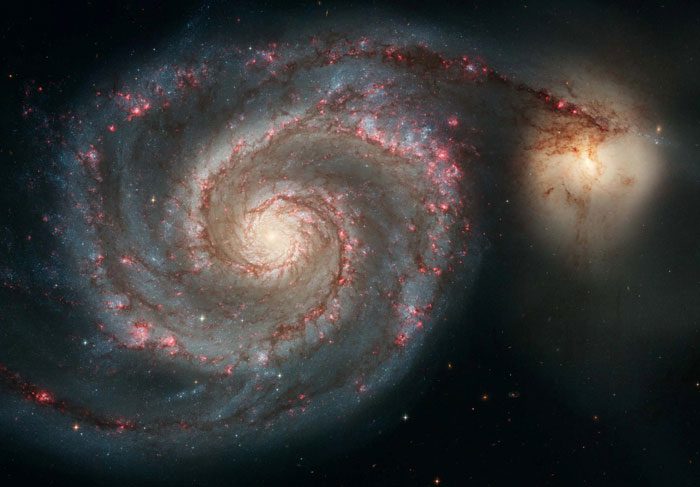
The Whirlpool Galaxy, also known as Messier 51a (M51a) or NGC 5194, is located in the constellation Canes Venatici. It was the first galaxy classified as a spiral galaxy.
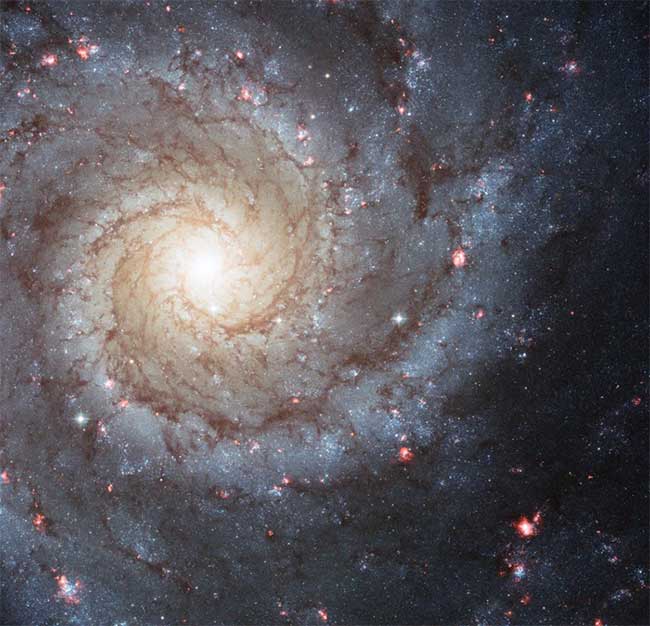
The Phantom Galaxy (Messier 74) is a spiral galaxy located in the constellation Pisces and is smaller than our Milky Way.
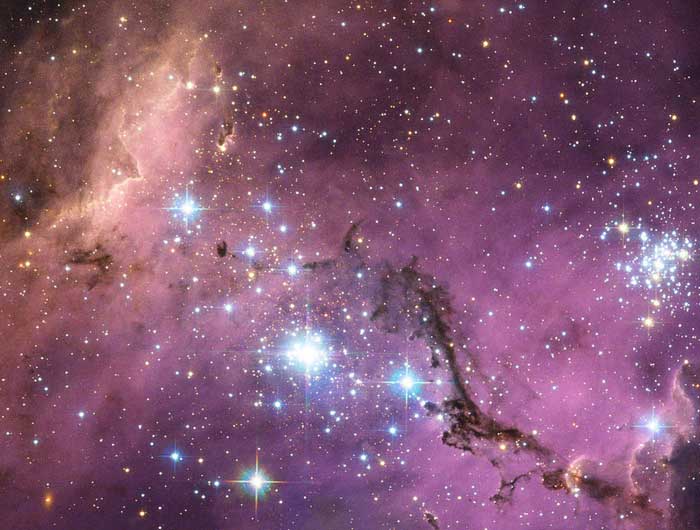
The Large Magellanic Cloud is a satellite galaxy of the Milky Way, located just 160,000 light-years from Earth.
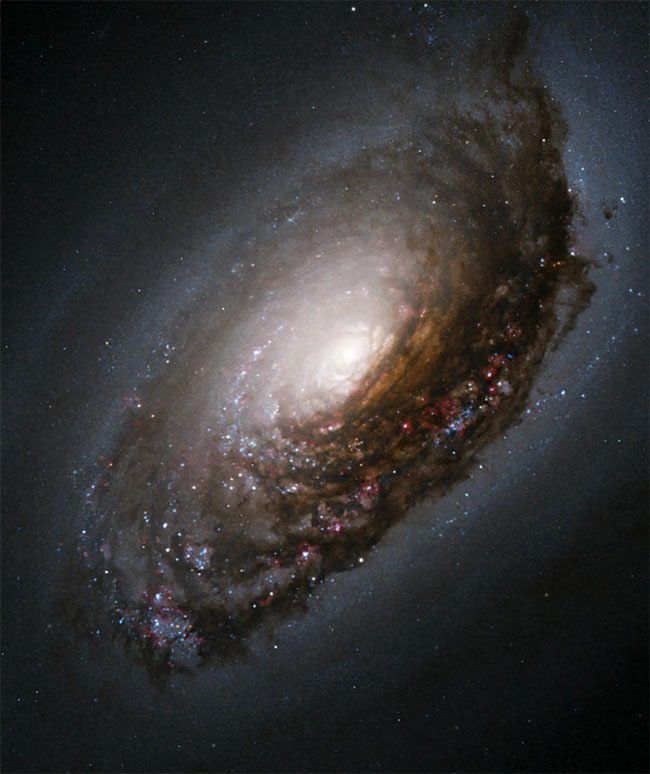
The Black Eye is a relatively isolated spiral galaxy in the constellation Coma Berenices, located 17 million light-years from Earth.
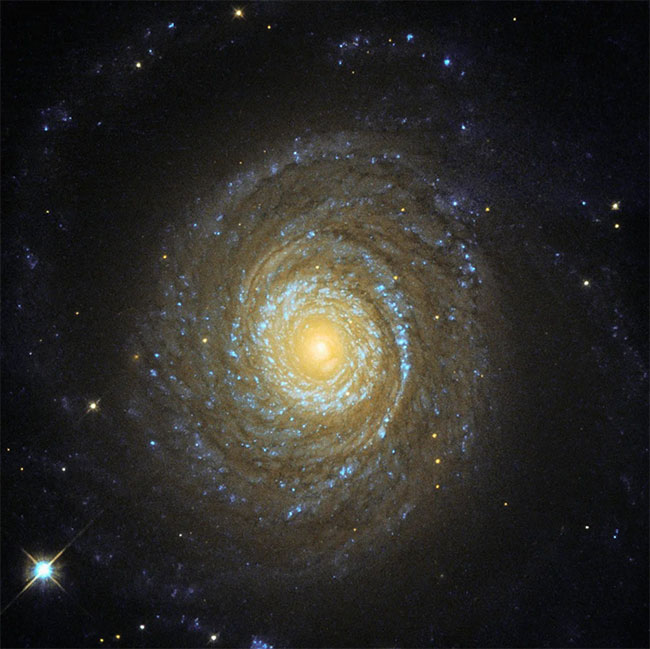
NGC 6753 is located 150 million light-years from Earth.
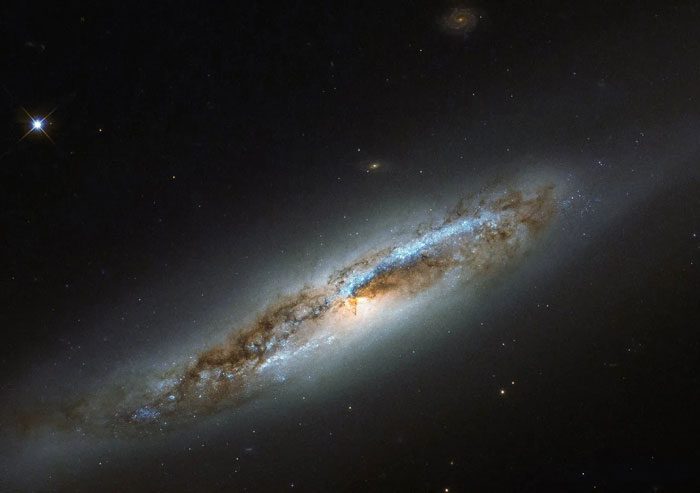
NGC 4388 is a spiral galaxy in the Virgo constellation, located 57 million light-years from Earth.
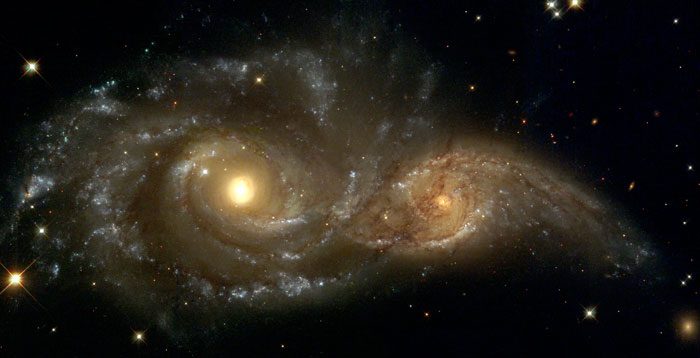
NGC 2207 and IC 2163 are a pair of spiral galaxies in the constellation Canis Major, approximately 80 million light-years away from us.
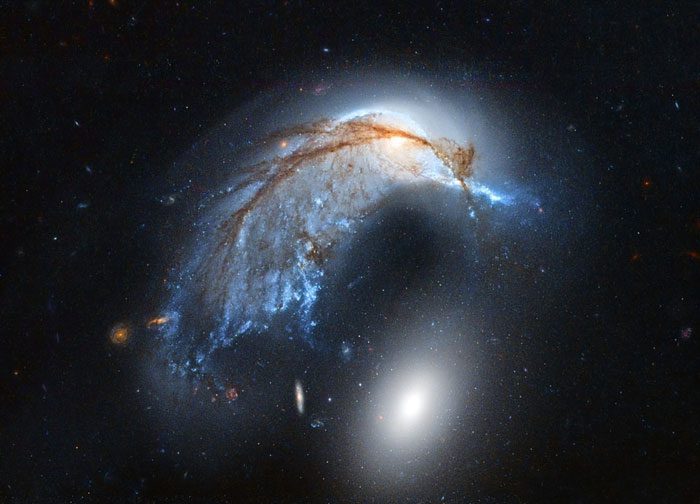
The Porpoise Galaxy (NGC 2936) is located in the constellation Hydra. NGC 2936 is interacting with the elliptical galaxy NGC 2937 situated just below it.
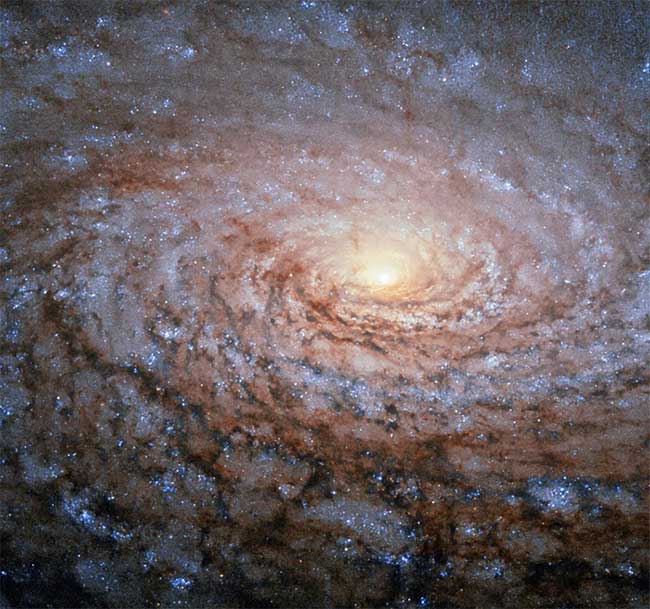
The Sunflower Galaxy is located in the northern part of the Canes Venatici constellation and contains nearly 400 billion stars.
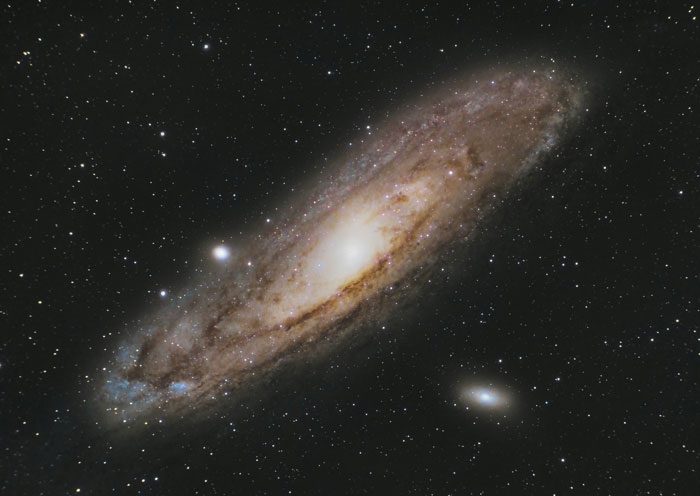
Andromeda is the largest galaxy closest to the Milky Way, located approximately 2.48 million light-years from Earth.
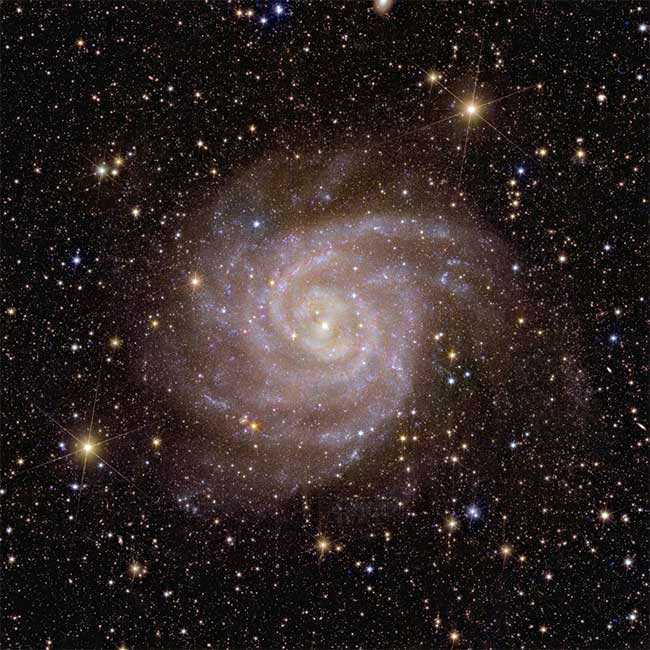
IC 342 is a spiral galaxy in the constellation Camelopardalis.




